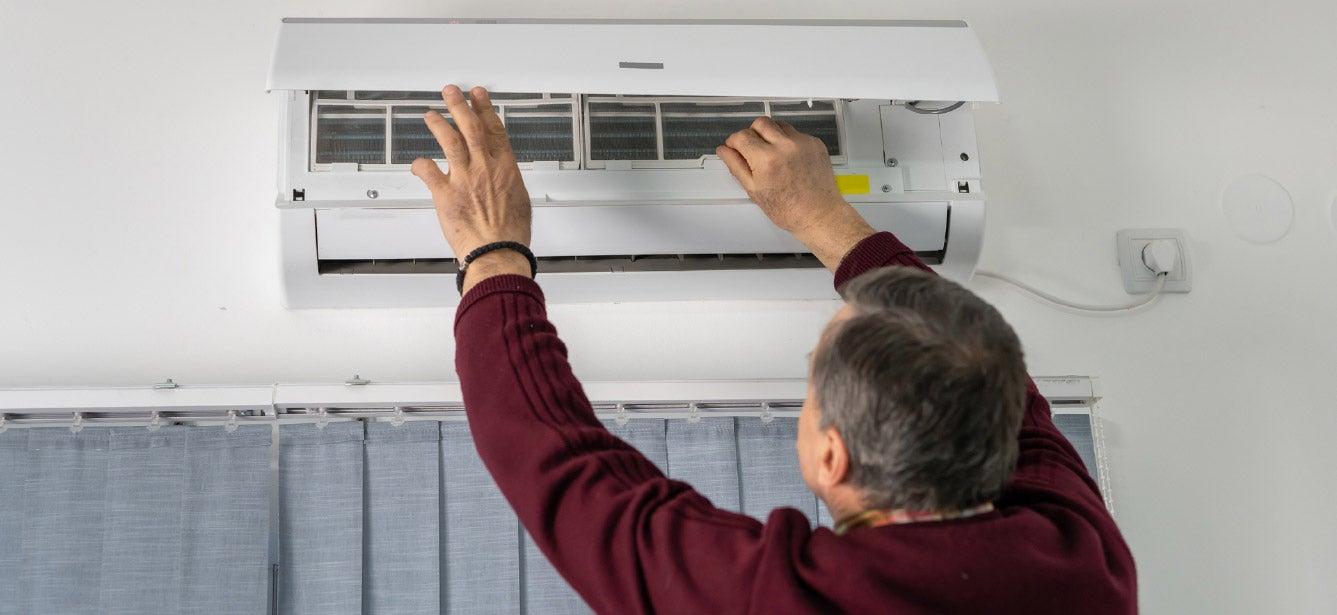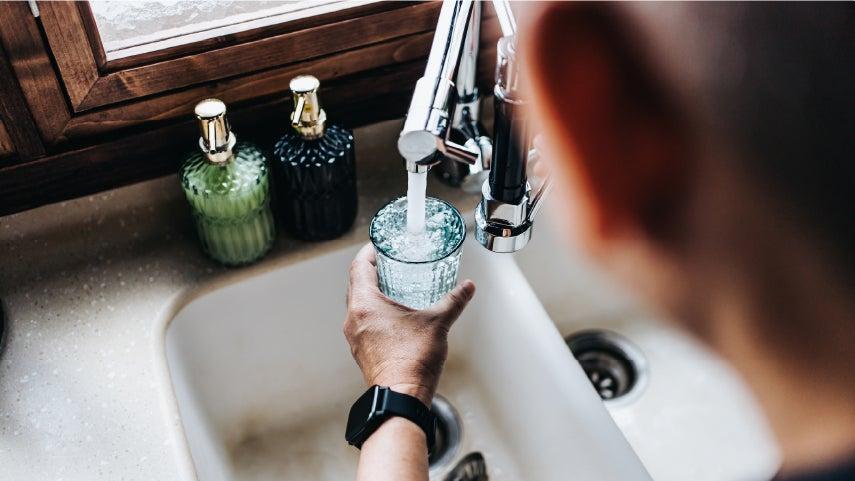
Related Topics
If nothing else, the summer of 2023 has made one thing clear: heat waves are here to stay. And they’re happening everywhere—not just in typically sunny, warm areas of the country.
In communities stretching from the Southwest to the Northeast, many people experience dangerously hot temperatures. And while some live in homes with air conditioning, there are plenty of others who don't.
Could you or someone you know be one of them?
Recent U.S. Department of Energy data shows that an estimated 14 million households nationwide lack A/C.1
“As heat continues to impact pretty much everywhere, air conditioning increasingly is becoming a basic human necessity,” said Kathleen Cameron, former Senior Director of NCOA’s Center for Healthy Aging.
Unfortunately, as with so many things in life, our most vulnerable populations often can’t afford it. That’s why cooling assistance programs like LIHEAP are so important,” Cameron said.
Officially known as the Low-Income Home Energy Assistance Program, LIHEAP provides vital financial support for those who struggle to pay their heating and cooling bills—including older adults living on fixed incomes. If you currently live in a house or apartment without central A/C or a window air conditioner, you may wonder if you can get help paying for one with LIHEAP. Let’s take a look.
Can I buy an air conditioner with LIHEAP?
Maybe.
Generally speaking, LIHEAP provides short-term help with heating and cooling costs, usually through a one-time credit on your primary utility bill.
That said, some states do allow you to direct a portion of your LIHEAP benefits toward low-cost weatherization projects. These are improvements you or your landlord make to protect your living space from the outside elements, including things like:
- Caulking windows and doors
- Replacing cracked or broken panes
- Adding solar (sun-blocking) shades
Depending on where you live, you also may be able to use LIHEAP funds to fix or replace an existing air conditioner that’s broken or inefficient. A smaller number of state and territory LIHEAP cooling programs include the purchase of new window or portable air conditioning units as part of their benefits.
Because program guidelines vary and can change, Cameron advised contacting your local LIHEAP office to ask specifically about buying or replacing an A/C unit.
“And even then,” she added, “it’s worth remembering the cost of turning it on. LIHEAP funds are limited, and the average price of an air conditioner can be high. Having a home cooling system that you can’t afford to run may not be the best use of this money—which is truly unfortunate.”
That’s one reason why NCOA is actively advocating to expand energy assistance programs and increase their funding.
What if I don’t live in a state where LIHEAP helps me buy an A/C unit? How can I get help paying for an air conditioner?
If your income is limited and you’re looking for an air conditioner, the U.S. Department of Energy’s Weatherization Assistance Program (WAP) might be able to assist.
The largest program of its kind in the country, WAP helps limited-income households improve their energy efficiency and reduce their energy costs. Typical weatherization measures covered under WAP’s umbrella include cleaning, tuning, repairing, and replacing home cooling systems.
As with LIHEAP, WAP benefits vary by state. To see whether yours will provide a free or low-cost air conditioner, check with your state weatherization administrator.
Where else can I find help cooling my home?
Other resources may exist, especially if you can be a little creative.
For instance, it’s worth checking with organizations near you to see if they provide free or low-cost air conditioners.
“During heat waves especially, many of these organizations rally to help their vulnerable neighbors,” Cameron explained. These might include:
- Charitable nonprofits
- Faith-based communities
- Mutual aid groups
- Thrift shops
- Household donation centers
From national chains like Goodwill and the Salvation Army, to local churches, synagogues, and other community-based organizations, these places often collect and make available used appliances for a fraction of their original cost. Finding one isn’t guaranteed, of course. But it can be worth popping in—or calling ahead if your mobility or transportation is limited—to see what might be available.
You also may discover free or affordable second-hand A/C units by checking out the following options:
- Yard sales
- Online classifieds
- Recycling centers
- Transfer stations
If you’ve ever driven by someone’s house and noticed a piece of furniture, a backyard grill, or a bunch of books piled out front, you know that people often want to get rid of their stuff. Whether they’re moving, downsizing, or simply no longer want or need certain things, they’ll try to sell that stuff cheaply or even give it away.
Before you purchase second-hand, find out if you can test the unit. If they don't allow you to test it first-hand, that's a red flag that they may not be functioning properly.
Make more room in your budget—here’s how with NCOA's BenefitsCheckUp
In addition to LIHEAP and WAP, hundreds of other federal and state programs exist to help low-income older adults better afford their daily living expenses.
Why leave money on the table that you may be entitled to? You could be pleasantly surprised, just like 79-year-old Joan was.
Joan’s modest Social Security check wasn’t enough to make ends meet, especially after her husband died. If she bought groceries, she couldn’t pay her utility bills. If she paid her utility bills, she couldn’t afford to buy groceries. Joan was caught in a vicious “heat or eat” cycle until she learned about the Supplemental Nutrition Assistance Program. After applying for SNAP and qualifying for monthly benefits, Joan no longer has to worry about keeping her home cool in the summer and warm during winter. By covering a portion of Joan’s grocery expenses, SNAP frees up more of Joan’s budget that she now uses to pay her home energy costs.
Ready? Visit NCOA’s BenefitsCheckUp to browse these programs and learn how to apply. You don’t need to register for an account, so everything you search is free and confidential.
Source
1. Lucas Davis. “How Many U.S. Households Don’t Have Air Conditioning?” Energy Institute Blog, August 15, 2022. Found on the internet at https://energyathaas.wordpress.com/2022/08/15/how-many-u-s-households-dont-have-air-conditioning/




